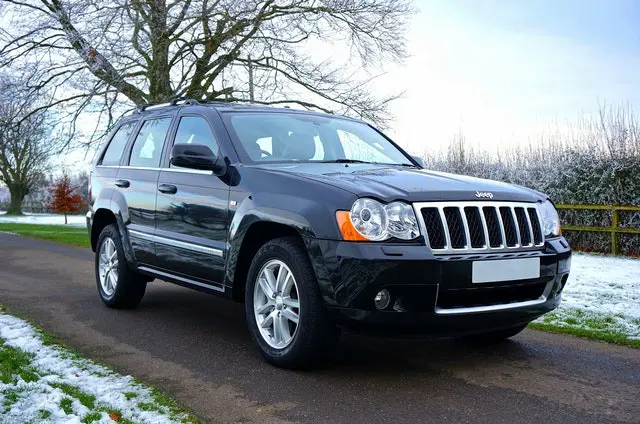
Working as a surveillance investigator for many years has taught me vital lessons during surveillance and ensuring I have the proper tools to get the job done. An important lesson in choosing a surveillance vehicle to work in was self-correcting. I’ve used various vehicles while conducting surveillance and there are some vehicles I prefer over others. If I had to give advice to a new investigator coming into the field on what to use for a surveillance vehicle, I’d offer vehicle details that made surveillance easier.
Converting over from one vehicle to another may take some time getting use to. However, working as a surveillance investigator, you will immediately know if it was the right choice or not. Investigators spend hours and hours in their vehicles. They will learn what to keep in their vehicles when working and how their bodies are impacted during long periods of time while seated in their vehicles. Therefore, all vehicles are not created equal for surveillance vehicles. Besides the size, comfort of a vehicle and amenities that comes with a vehicle, there’s more to it that meets the eye.
Taking notice to details on the vehicle chosen for surveillance is imperative. For example, going from an SUV with larger windows to an SUV with smaller windows was never a concern before. I took notice of the smaller windows the first day I took a vehicle out during surveillance and realized the seats sat lower and the windows were smaller, making the dynamics of obtaining video critical for the client’s case. The immediate “duh” moment had surfaced and the adjustments in the vehicle began. The smaller windows had the opening shot with remnants of the door and rearview mirror that stuck out more than the previous vehicle, that was another new element to consider. The ability to obtain video means the ability to see your target, obviously. The smaller windows did give a great advantage to hide from curious people in the area but if a vehicle contain dark materials, the ability to “hide” becomes easier as well.
There are many details to give curious minds on surveillance vehicles. Another tip I’d advise to have is dark or black seats. I took a vehicle on surveillance with beige leather seats before. They looked great to have in the vehicle and passengers loved the comfort. However, giving clients footage with a reflection of the interior of my vehicle would not be such a smart idea. Black seats, consoles, dashboards, etc. has assisted with obtaining an image with clarity. The nice chrome strips place on the dashboard to the chrome on the steering wheel and instrument panels are great as a personal vehicle. But for a surveillance vehicle, it will reflect off any window, especially if it illuminated by light sources. The light sources can come from your nice LED screen in the car and will make an appearance in your video footage. Some reflections are unavoidable when capturing video of a subject, no matter how prepared an investigator makes their vehicle.
The list can go on for pages on how to choose a surveillance vehicle. Some people prefer high profile vehicles, some may prefer just the opposite. But some things will remain across the board when obtaining footage… Accomplishing a day of footage with the least number of elements obstructing the view is something all investigators aim for; or at least they should. Small adjustments can assist with obtaining great footage for a client. If a vehicle has bright seats, black seat covers is always an option for on-duty gear. If the windows on a vehicle is smaller, attaching the video camera to a monopod may provide better coverage for video footage. The idea of investigators going out and just playing with a video camera is far from the truth. The preparation it takes for investigators to conduct their job may go unnoticed, but the most important things to keep in mind is to do what it takes to ensure excellent results. If a client is happy with the results performed by their investigators, hopefully, they can thank the hard workers that make it happen because they may never know what it took to obtain it.